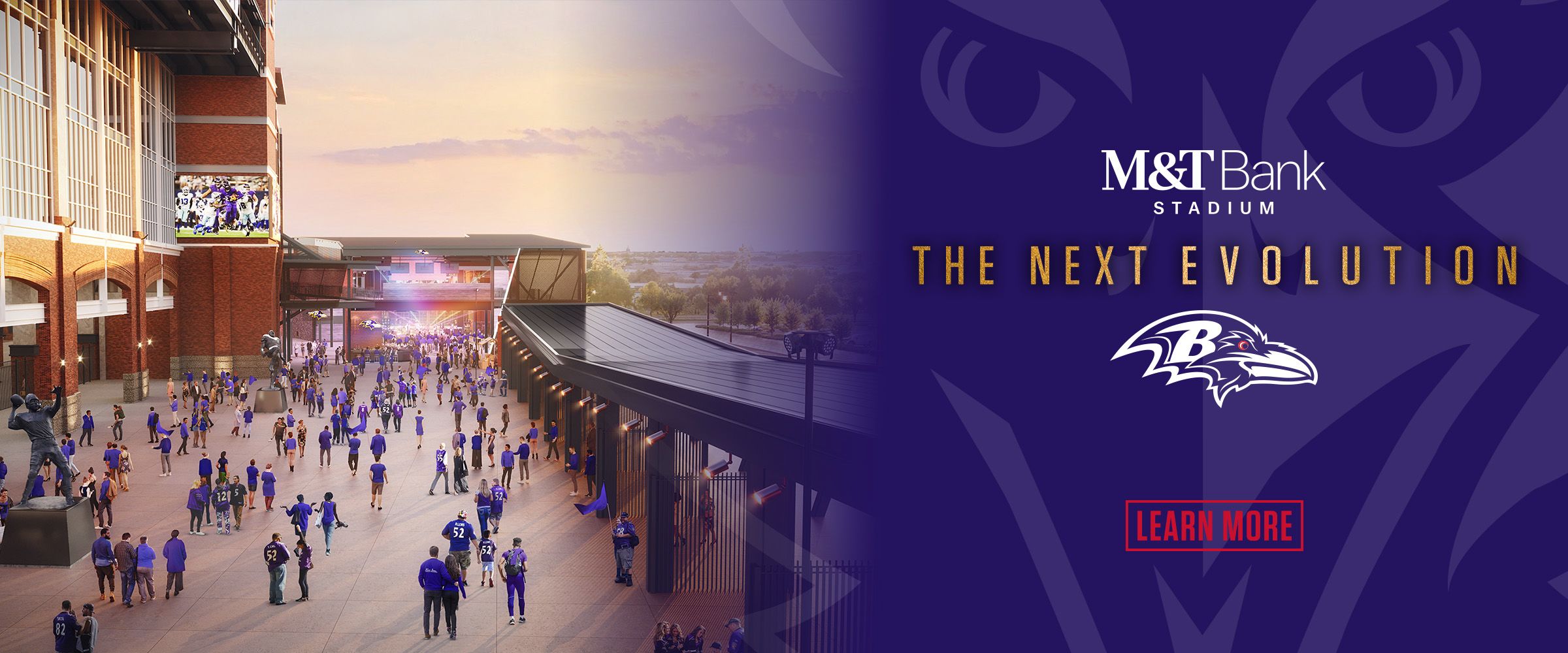As a general rule, not just in football, if it takes you awhile, like several minutes, to explain your job description, you're probably plying a fairly sophisticated trade.
That's certainly the case with Steve Saunders, the newest member of the Ravens' training staff, whose official title is "director of performance and recovery." That sounds interesting, but not surprisingly, the first question Saunders fielded at a media event earlier this week was, "What does it mean?"
Saunders obligingly explained that he'll be assessing players individually for possible physiological weaknesses that can be ascertained with "new screenings," the idea being to "get ahead" of injuries, i.e., hopefully prevent them. He also said he would inculcate a "smart running" program and other new ideas to the team's training regimen. I can safely say he was the first guy ever to use the word "proprioception" in a Ravens press conference.
I'm sure neither he nor the team want him known as an "injury coach," but bottom line, that's primarily why he's here, to help the Ravens battle the wicked injury bug that has brought them to their knees the past two seasons.
Some injuries can't be avoided, of course; no amount of training and preparation could have saved Joe Flacco's knee ligaments when a teammate inadvertently rolled into him in the pocket last November. It's a collision sport played by big guys. Stuff happens.
But in hiring Saunders and including cutting-edge sports science in their training program, the Ravens are seeking to control as much as they can.
My two cents, fans should feel pretty good about their willingness to try anything and just about everything, especially new ideas, to better their chances of winning. Saunders' hiring is just the latest example of a pattern that goes back several years.
A year ago, remember, when faced with playing two pairs of back-to-back games across the country, the Ravens decided to practice on the West Coast between games, as opposed to commuting back and forth, to minimize the effects of traveling. It wasn't the cheap way out, that's for sure. The organization completely recreated the team's locker room in a hotel conference room in San Jose, Calif. I'm not sure of the price Owner Steve Bisciotti paid, but it was substantial.
When the idea didn't produce a win the first time, the second trip was scotched. But you had to appreciate the Ravens' willingness to undertake a pricey hassle strictly because they thought it would help them on the field.
Similarly, in 2012, the team's medical staff examined sleep studies from the U.S. military and implemented changes to the practice schedule and overall schedule on West Coast trips, the idea being to maximize the players' rest and enhance overall performance.
"We're turning over every stone, looking at everything in our program, to find any way to get better," Head Coach John Harbaugh said at the time.
The Ravens wound up winning the Super Bowl that year, maybe coincidentally, maybe not.
They've also been at the forefront of using advanced statistical analytics, a concept that originated in baseball and has crept into football. Many NFL teams now employ "sports math" to gauge everything from the qualities of draft prospects to the sagacity of going for it on fourth down. The Ravens hired their first analytics guy in August 2012 and have continued to augment their efforts with more hires, not counting John Urschel.
They aren't the first team to add an "injury coach" and include sports science in their training, but according to Saunders, they're at the forefront of the wave.
"I think the Eagles added a sports science guy [with a] little different background, a military background," Saunders said. "I think some other teams have added a guy, and I think everybody is looking for something a little different. I think it's the position some teams are looking to add, and then the trick is implementing it with everything else that's already in the organization."
The Ravens hope the end result is stronger players and fewer injuries. We'll see, but it's an all-out, multi-pronged effort. They aren't switching to a grass field at M&T Bank Stadium strictly to cut down on injuries, but it should help. And the lack of cookies in the meal room at the Under Armour Performance Center is nothing if not a statement. (Grumble, grumble.)
It's all aimed at giving the training and medical staffs less to do on Sundays, which, I'm sure, they and everyone else would appreciate.



















